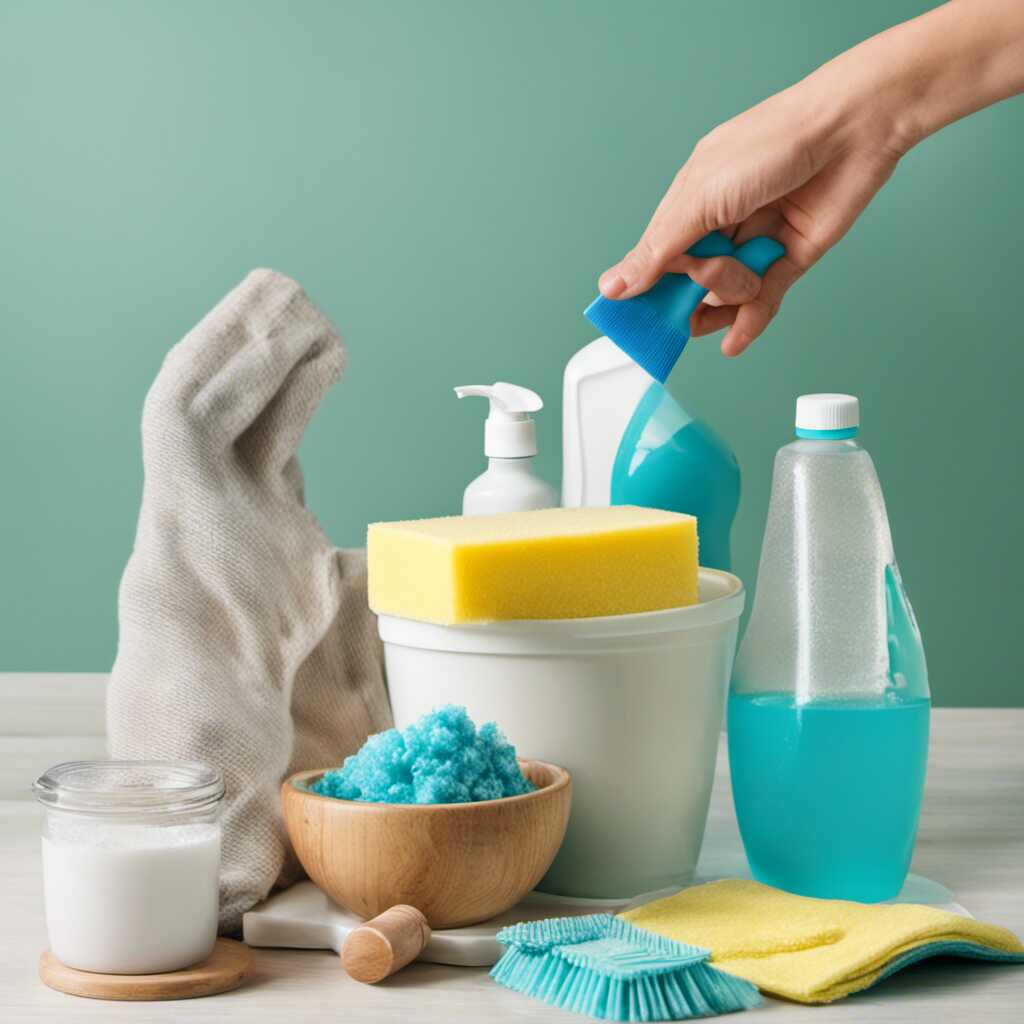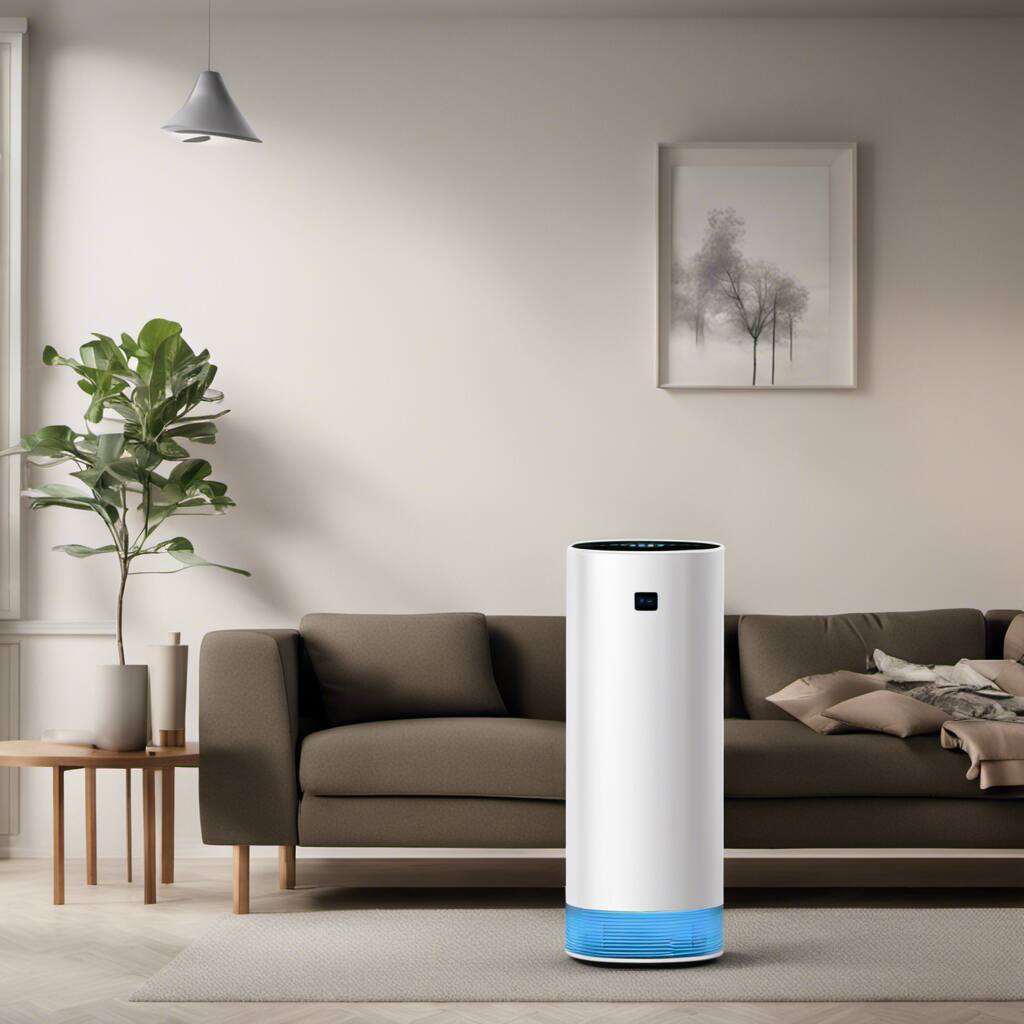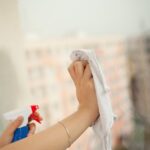
As much as we adore our furry friends, pet accidents can be a common and sometimes challenging occurrence. Whether it’s a potty mishap or a muddy adventure indoors, knowing how to effectively clean and disinfect your home is essential for both hygiene and a harmonious living environment.
Pet accidents, especially those involving urine or feces, demand immediate attention. Prompt cleanup not only prevents stains and odors but also reduces the risk of bacteria and germs spreading. Lingering smells can attract your pet to the same spot, creating a cycle of repeat accidents. Delaying cleanup can lead to more significant problems. Pet waste, if left untreated, can seep into porous surfaces, making it harder to eliminate odors and stains. Additionally, bacteria from the waste can pose health risks to both your family and your pet.
In this comprehensive guide, we’ll explore detailed tips for cleaning and disinfecting your home after a pet accident, ensuring a clean and safe space for both you and your four-legged companions.
Basic Cleanup Steps for Pet Accidents
Blot, Don’t Rub
Blotting is crucial when dealing with pet accidents, especially on carpets or upholstery. Use absorbent materials like paper towels or clean cloths to blot the affected area gently. Rubbing can spread the mess and embed it further into the material.
Use an Enzymatic Cleaner
Enzymatic cleaners are specifically designed to break down the proteins in pet urine and feces, eliminating both stains and odors. Apply the cleaner according to the product instructions, ensuring thorough coverage of the affected area.
Remove Solid Waste Carefully
For solid waste, use disposable gloves to pick up and dispose of the waste in a sealed plastic bag. Avoid smearing or crushing the waste during removal, as this can make cleanup more challenging.
Rinse with Water
After using an enzymatic cleaner, rinse the cleaned area with water to remove any remaining cleaner residue. Blot with clean towels to absorb excess moisture. Proper rinsing prevents your pet from being attracted to the area due to lingering scents.
Dry Thoroughly
Ensure that the cleaned area is thoroughly dried. Use fans or open windows to promote air circulation. Moisture can attract mold and mildew, creating additional problems beyond the initial pet accident.
Addressing Odors and Stains
Baking Soda for Odor Removal
Baking soda is a powerhouse when it comes to neutralizing odors. Sprinkle a generous amount over the cleaned and dried area, allowing it to sit for several hours or overnight. Vacuum or sweep away the baking soda once it has absorbed the odors.
White Vinegar for Stain Removal
White vinegar is effective in removing stains left by pet accidents. Mix equal parts white vinegar and water, then spray or dab the solution onto the stain. Blot with a clean cloth, and repeat as necessary until the stain disappears.
Here is our related post on How to Clean and Care for Your Houseplants which you will not want to miss.
Tips for Disinfecting Your Home
Pet-Safe Disinfectants
Choose pet-safe disinfectants to ensure your furry friend’s well-being. Many commercial disinfectants contain harsh chemicals that can be harmful to pets. Look for natural alternatives or those labeled as safe for use around animals.
Disinfecting High-Traffic Areas
Identify and focus on high-traffic areas where your pet spends the most time. These areas may require more frequent disinfection to prevent the buildup of germs and bacteria.
Steam Cleaning
Steam cleaning is an effective method for disinfecting carpets and upholstery. The high temperatures kill bacteria and sanitize surfaces without the need for harsh chemicals. Ensure that the steam cleaner is safe for use in homes with pets.
How to Prevent Future Accidents
Establish a Routine
Create a consistent routine for pet walks and bathroom breaks. Pets thrive on routine, and a predictable schedule can reduce the likelihood of accidents.
Properly Train Your Pet
Invest time in training your pet, reinforcing proper bathroom habits. Positive reinforcement for good behavior helps build a strong association between appropriate bathroom locations and positive experiences.
Provide Adequate Outdoor Access
Ensure that your pet has easy access to the outdoors. If possible, create a pet-friendly outdoor space to minimize indoor accidents.
Monitor Changes in Behavior
Changes in your pet’s behavior may indicate underlying health issues that could contribute to accidents. If accidents become frequent or are accompanied by behavioral changes, consult with your veterinarian.
Use Pet-Friendly Products
Opt for pet-friendly cleaning products, from detergents to disinfectants. These products are formulated to be safe for pets while effectively addressing cleaning and sanitizing needs.
See also our related post on How to Clean and Care for Your Outdoor Furniture Cushions. A guide which will make your cleaning task hassle free.
Conclusion
In conclusion, managing and cleaning up after pet accidents requires a combination of prompt action, effective cleaning methods, and preventive measures. The five detailed tips provided in this comprehensive guide offer a roadmap for addressing pet accidents promptly, minimizing odors, stains, and the risk of bacterial contamination.
Understanding the importance of immediate cleanup, implementing basic cleanup steps, addressing odors and stains, and incorporating disinfection strategies contribute to creating a clean and harmonious home for both you and your beloved pets. Remember, patience and consistency in training and cleaning routines are key to fostering a healthy living environment for everyone in your household.
By following these tips and integrating them into your daily life, you’ll not only conquer the challenges of pet accidents but also create a space where your pets and family can coexist happily. A clean home is a happy home, and with these comprehensive tips, you’re well-equipped to maintain a hygienic and inviting environment for both two-legged and four-legged inhabitants.







